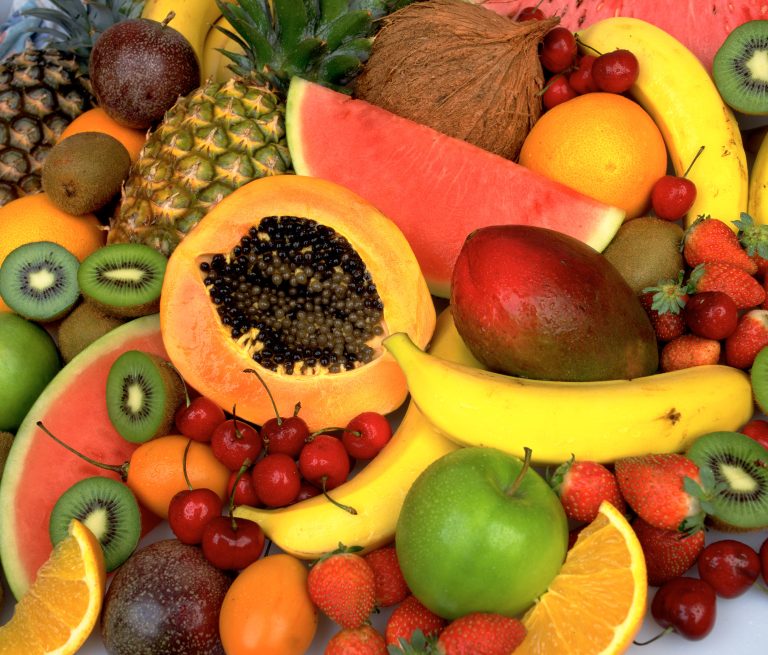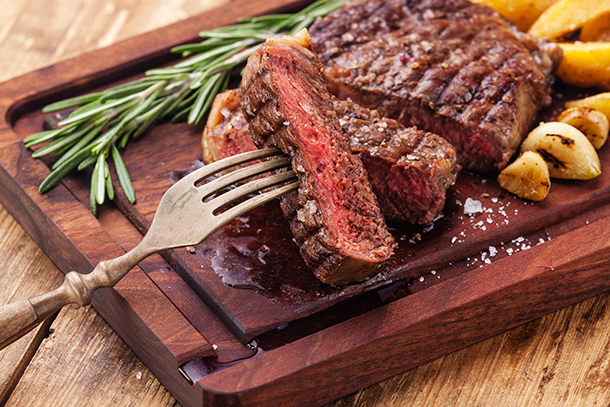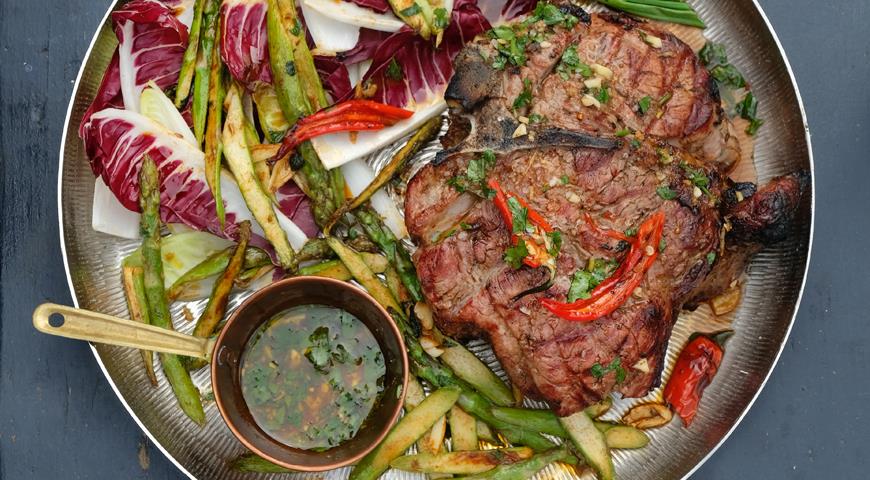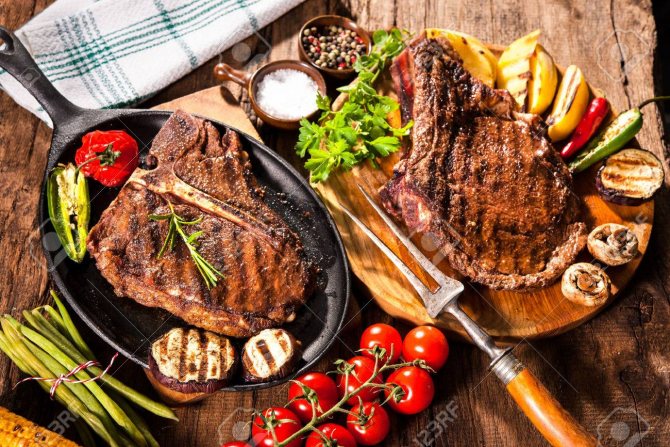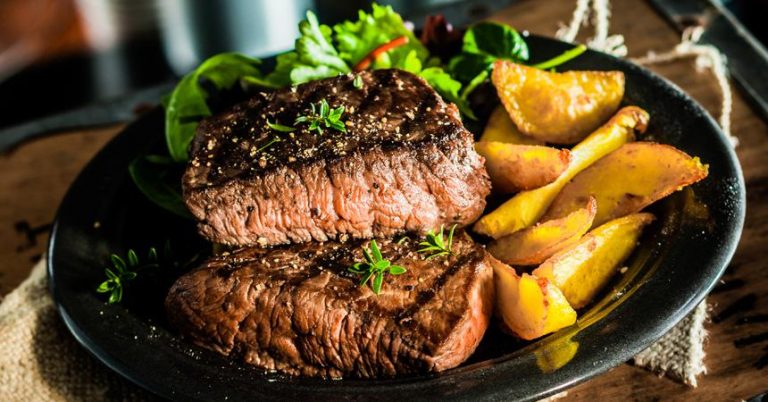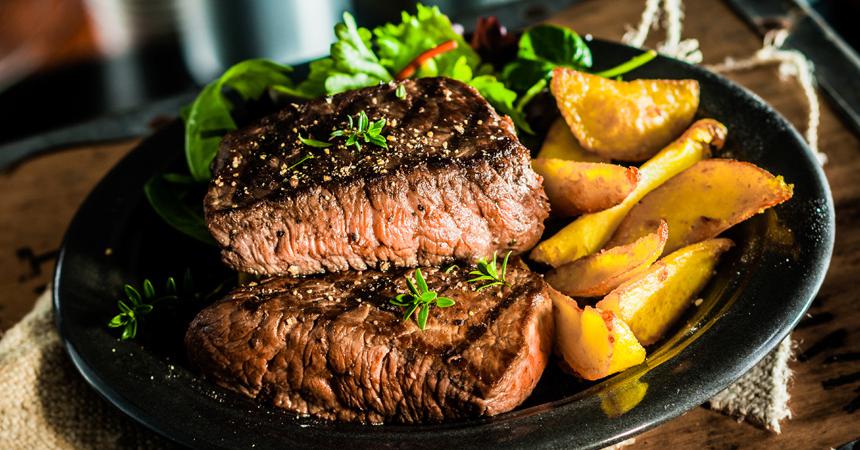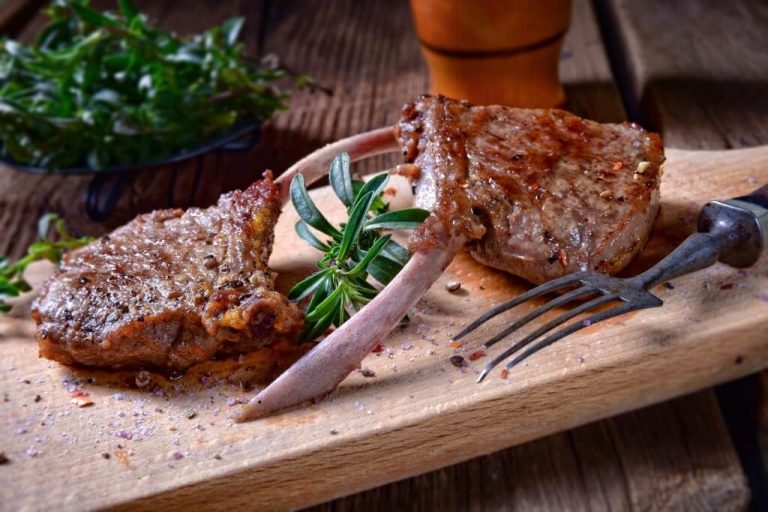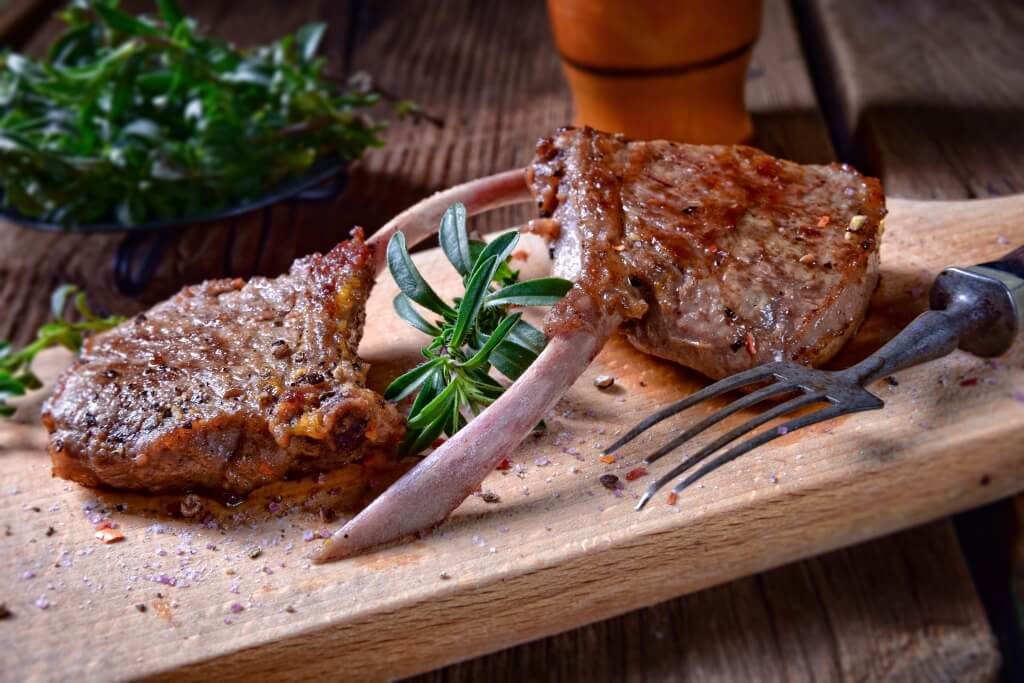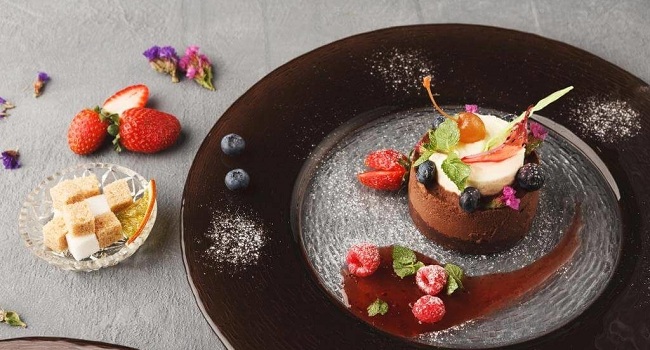Your own diet is closely linked to the problems of our planet. With the “Planetary Health Diet”, experts have designed a diet that is intended to solve global problems – from pollutant emissions to diseases.
First of all: The nutrition plan of the so-called “Planetary Health Diet” is not necessarily vegan – although that would be the best solution in terms of the ecological footprint. But vegetables always play a central role.
The special feature of the Planetary Health Diet is that it focuses equally on the health of people and that of our planet. With this in mind, an international team of 37 researchers designed a special menu and published the result in January 2019 in the journal The Lancet.
How can 10 billion people be fed in 2050?
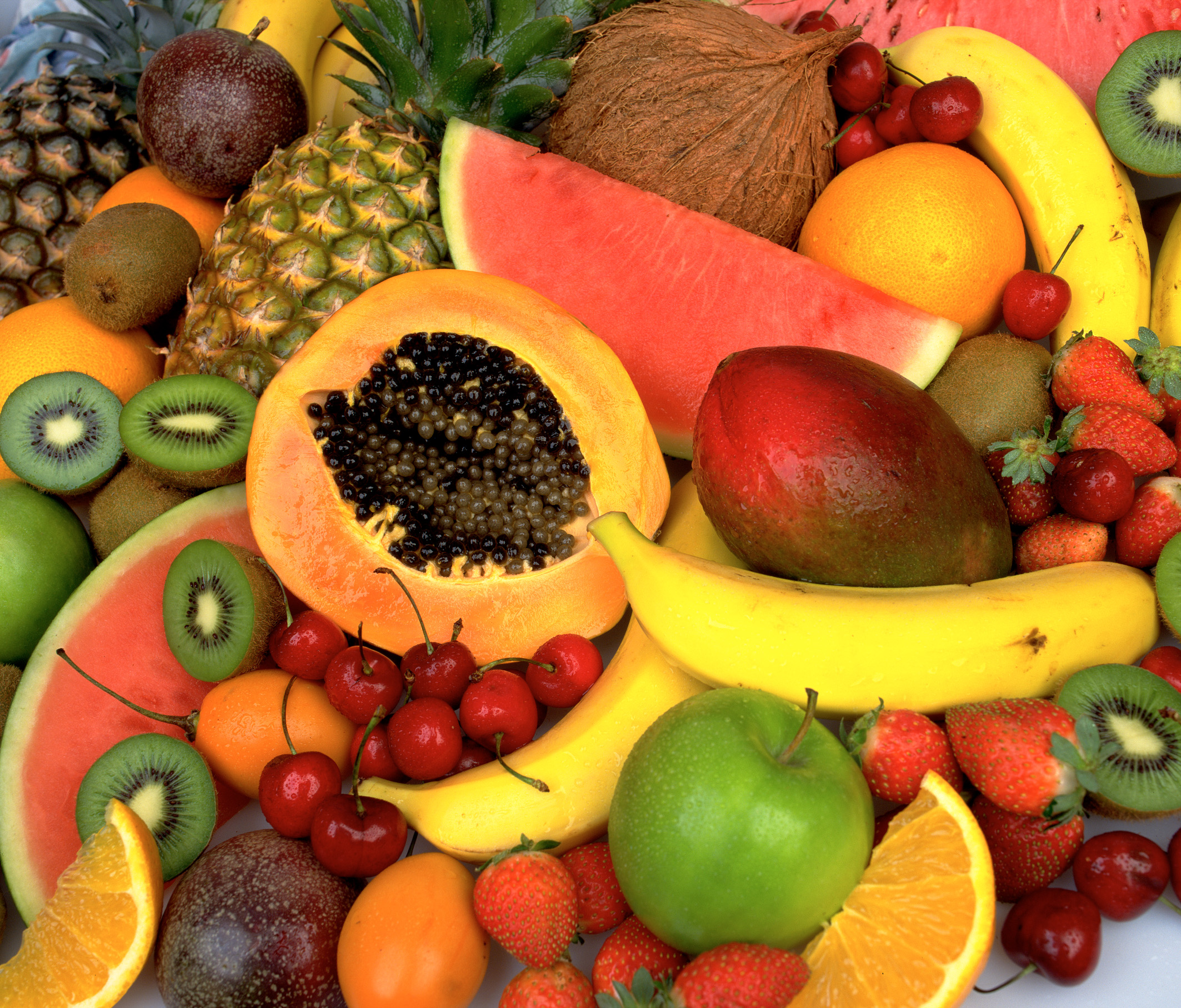
The experts on the panel, the “EAT Lancet Commission”, come from a wide variety of areas, from politics to agricultural science and health to environmental protection. The goal of their two-year research work: to develop a healthy and sustainable strategy for how the world population can be fed in 2050 – which, according to forecasts, will grow to 10 billion. And without the earth being exploited beyond its limits and without global problems such as civilization diseases, famine and global warming gaining the upper hand.
In plain language, this means that humanity must drastically reduce the consumption of red meat and sugar – by half. On the other hand, the proportion of vegetables in our diet must increase enormously. Fruit, nuts and legumes should also be consumed in large quantities.
This is what the Planetary Health Diet plan looks like
Vegetables: 300 grams (200-600 grams)
Dairy products (whole milk or products made from this amount): 250 grams (0-500 grams)
Whole grains (rice, wheat, corn or other): 232 grams
Fruit: 200 grams (100-300 grams)
Legumes: 75 grams (0-100 grams)
Nuts: 50 grams (0-75 grams)
Starchy vegetables (potatoes, cassava): 50 grams (0-100 grams)
Unsaturated fats: 40 grams (20-80 grams)
Sugar (all sweeteners): 31 grams (0-31 grams)
Poultry: 29 grams (0-58 grams)
Fish: 28 grams (0-100 grams)
Red meat (beef, lamb, pork): 14 grams (0-28 grams)
Eggs: 13 grams (0-25 grams)
Saturated fats: 11.8 grams (0-11.8 grams)
Of course, these are daily averages – after all, 28 grams of fish and 13 grams of eggs hardly make a decent meal. But there are guidelines that can help when putting together the food on the plate. In particular, the total of 300 to 900 grams of fruit and vegetables and the small amount of meat are conspicuous fixed points.
The values in brackets mean that a range is provided here that allows the Planetary Health Diet to be implemented flexibly for everyone. For example, an interpretation of this model is possible in which no animal products are consumed at all – and also one for flexitarians who eat a small steak every two weeks.
Recipe ideas
Numerous recipes can be combined with the Planetary Health Diet. We have put together a small selection for you. Of course, these are only examples (in this case without meat and fish), and not a nutritional plan. Anyone wishing to try them must also consider other meals to ensure he or she is following all of the Planetary Health Diet’s recommendations.
Breakfast smoothie: delicious recipes for a good start to the day
Pumpkin Pancakes: This is how you prepare the spicy pumpkin patties
Frittata: A quick recipe that can be varied (caution: one serving already contains the recommended amount of eggs for a week.)
Chickpea Salad: A vegan recipe
Apple Muffins: Recipe with walnuts
Aloo Matar: Indian potato and pea curry
It’s about a new coordinate system

“We know that the world eats very differently,” says Jessica Fanzo, one of the study authors, on The Lancet podcast. “There is no one answer, there is diet,” adds her colleague Tim Lang from the University of London. It does not make sense, for example, to idealize the Mediterranean diet or to generally recommend eating fish to everyone in the world. Fanzo explains that the Planetary Health Diet is much more about providing a reference meal plan that can and should be adapted for any diet around the world.
However, the researchers not only have an eye on our eating habits, but also on other aspects such as food production and food waste. “It’s not enough for the United States to reduce its hamburger consumption while other countries don’t have these resources and options in the first place,” says Fanzo. It is about a new coordinate system that does justice to the challenges and complexity of the global food system. The aim is to create a win-win situation: for us and for the environment.

